Modern Minimalist Wrought Iron Stairs: Open Designs for Contemporary Spaces
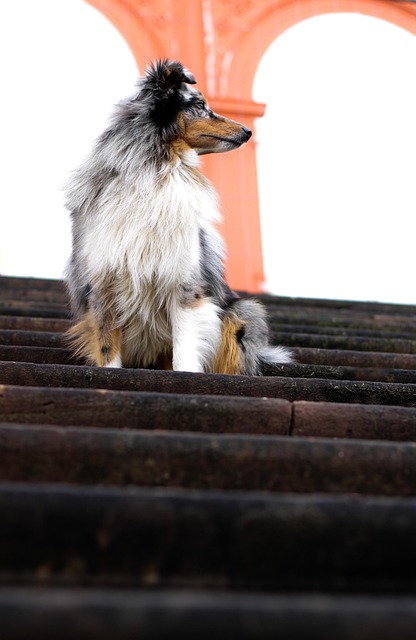
Modern, minimalist floating steel stairs offer a sleek alternative to heavy wrought iron staircases,…….
Introduction
Iron and steel staircases have been a cornerstone of architectural marvels for centuries, providing both form and function to buildings across the globe. These structures are not merely steps leading from one level to another but are integral to the safety, aesthetics, and performance of a building. This article delves into the intricacies of iron and steel staircases, exploring their historical significance, global impact, economic relevance, technological advancements, and future prospects. Readers will gain a comprehensive understanding of how these staircases have evolved over time, the challenges they face, and the innovations driving their development.
Understanding Iron or Steel Staircases
Iron and steel staircases are engineered structures designed to provide vertical or horizontal access within a building. They are composed of various components, including stringers, risers, treads, handrails, balustrades, and newel posts. These components work in harmony to support the weight of users while ensuring safety and compliance with building codes.
Historically, staircases were made from wood or stone; however, the advent of iron and steel manufacturing revolutionized their design and capabilities. The 19th century saw a surge in the use of cast iron for staircases, with the Eiffel Tower’s staircase being one of the most iconic examples. Steel soon followed, offering greater strength and adaptability, leading to the creation of some of the world’s tallest and most spectacular staircases.
Global Impact and Trends
Iron and steel staircases have a profound global impact, influencing architectural design, safety standards, and material innovation. The demand for these staircases is shaped by urbanization, building height trends, and the desire for sustainable and aesthetically pleasing structures.
In North America, there is a focus on energy efficiency and resilience in design. Europe emphasizes strict building codes and sustainability practices. Asia is experiencing rapid growth in high-rise construction, leading to a significant demand for durable, safe, and efficient staircases. Middle Eastern countries are investing in luxury developments that often feature grand staircases as central design elements.
Economic Considerations
The economic landscape of iron and steel staircases reflects the broader construction industry’s dynamics. Investment patterns vary by region, influenced by economic stability, real estate development, and urban infrastructure projects. These staircases are not merely a cost but an investment in safety and property value. They represent a significant portion of the construction budget and their longevity can affect maintenance and operational costs over time.
In developed countries, the focus is on high-quality, sustainable materials and designs that offer long-term value. In contrast, emerging markets prioritize cost-effective solutions that meet local building codes. The global economic fluctuations directly impact the demand for iron and steel staircases, with downturns leading to reduced construction activity and conversely, economic growth potentially driving increased investment in such structures.
Technological Advancements
Technological advancements have significantly influenced the design and fabrication of iron and steel staircases. The introduction of computer-aided design (CAD) and building information modeling (BIM) has revolutionized the planning phase, allowing for precision and virtual testing of designs under various load conditions. Advances in materials science have led to the development of high-strength alloys that are both lightweight and durable.
The future holds promise for even more innovative solutions, such as self-healing materials and smart staircases integrated with building management systems for real-time performance monitoring. These advancements not only enhance safety and efficiency but also contribute to the aesthetic appeal of the structures.
Policy and Regulation
Policies and regulations governing iron and steel staircases are critical in ensuring public safety and maintaining building standards. International codes, such as those from the International Code Council (ICC), provide a framework for design and construction. Local regulations may impose additional requirements based on geographic risks, such as earthquake or hurricane zones.
Building codes evolve with technological advancements and changing safety paradigms. Compliance is not just a legal necessity but a reflection of ethical engineering practices. Regulatory frameworks also incentivize sustainable design and construction, promoting the use of eco-friendly materials and energy-efficient designs in staircases.
Challenges and Criticisms
Iron and steel staircases face several challenges, including material corrosion, maintenance costs, and adherence to evolving safety standards. Critics often highlight the need for sustainable manufacturing processes and the environmental impact of construction and demolition waste. Additionally, there are concerns about the integration of these structures into historical buildings where maintaining the integrity of the original design is paramount.
Addressing these challenges requires a multifaceted approach that includes material innovation, sustainable practices in manufacturing and installation, and ongoing maintenance strategies. Collaboration between engineers, architects, policymakers, and construction professionals is essential to overcome these issues and ensure the longevity and safety of iron and steel staircases.
Case Studies
Several case studies illustrate the successful application of iron and steel staircases. The Grand Staircase at the Chicago Cultural Center showcases the beauty of cast-iron ornamentation, while the Burj Khalifa’s staircases in Dubai exemplify engineering prowess for high-rise buildings. The Sydney Opera House’s spiraling flight demonstrates the integration of art and function. These case studies provide valuable lessons on design, materials, and adherence to safety standards.
Conclusion
Iron and steel staircases are integral to modern architecture, serving as symbols of innovation, safety, and aesthetic achievement. Their evolution from functional necessities to central design elements reflects the broader transformation in construction practices. As technology advances and building codes evolve, these staircases will continue to rise to the challenges they face, ensuring their place in the future of architecture.
Note: The above content is a structured outline for a comprehensive essay on iron and steel staircases. Each section provides a high-level overview, and further research and detail would be necessary to create a full, informative article or report.

Modern, minimalist floating steel stairs offer a sleek alternative to heavy wrought iron staircases,…….
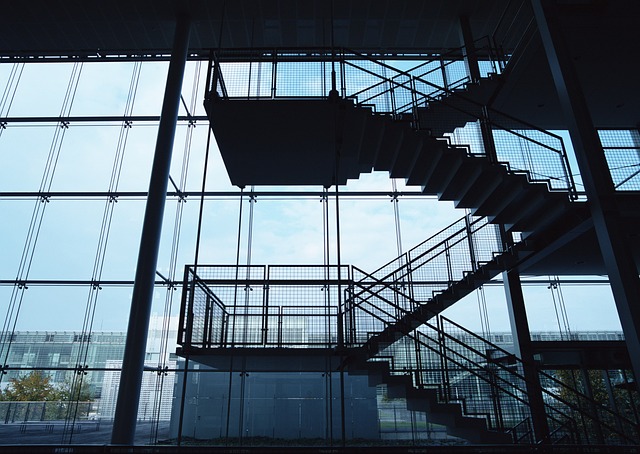
Modern steel staircases are not just functional but artistic statements that transform spaces. With…….
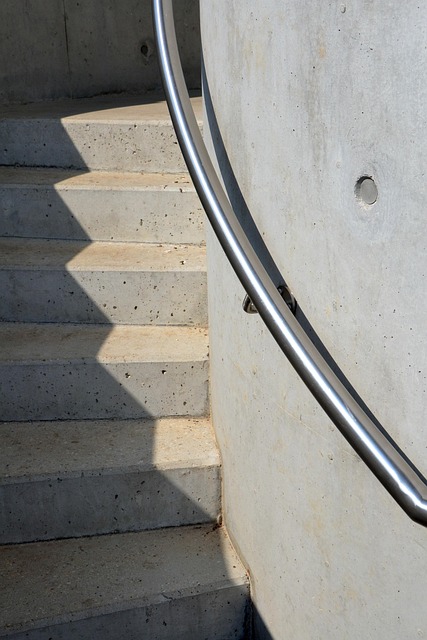
Wrought iron, stainless steel, and carbon steel staircases offer a blend of timeless elegance, durab…….
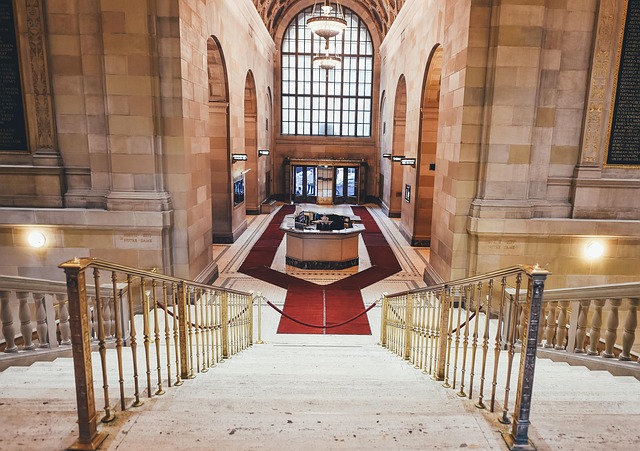
The recent surge in custom steel staircase designs, especially in industrial-style interiors, highli…….
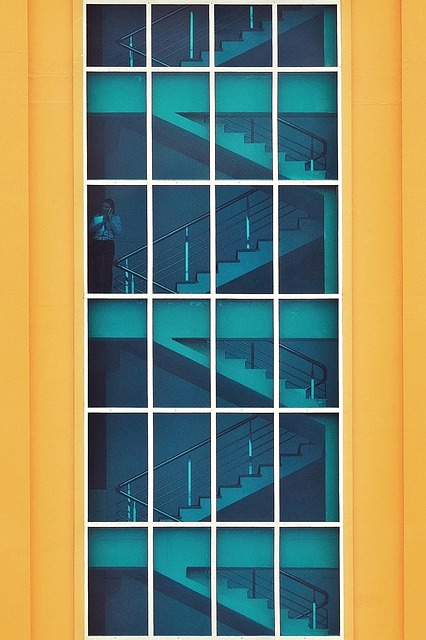
Custom iron and steel staircase designs are trending in both residential and commercial spaces, offe…….
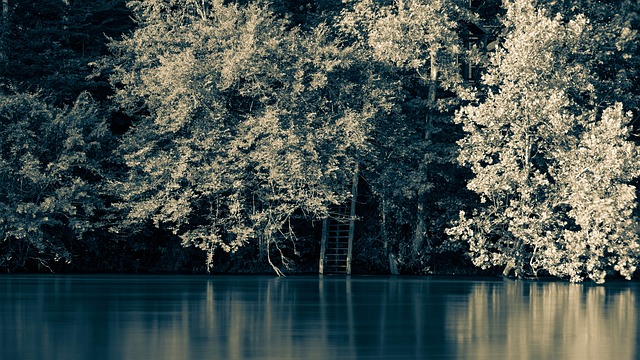
Decorative iron stair railings elevate interior and exterior design with exquisite craftsmanship, of…….
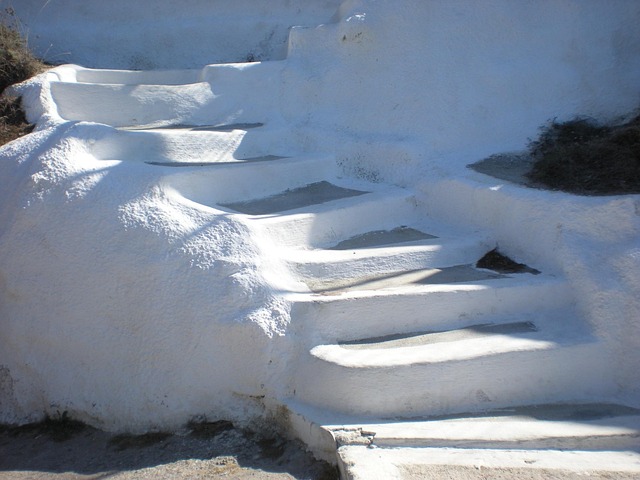
Durable steel staircases are a robust and safe choice for residential and commercial spaces, offerin…….
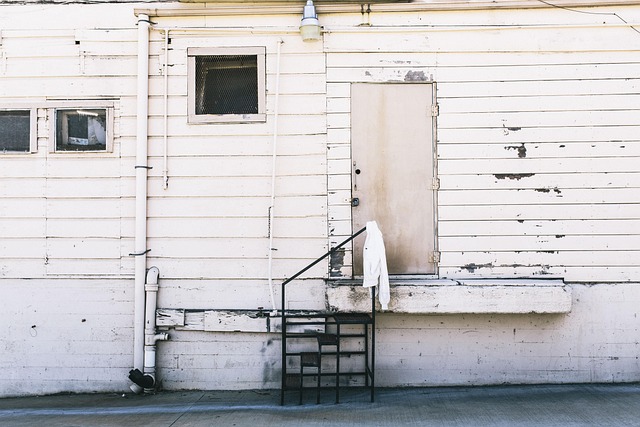
In compact urban spaces, spiral and circular steel staircases with decorative iron railings offer an…….
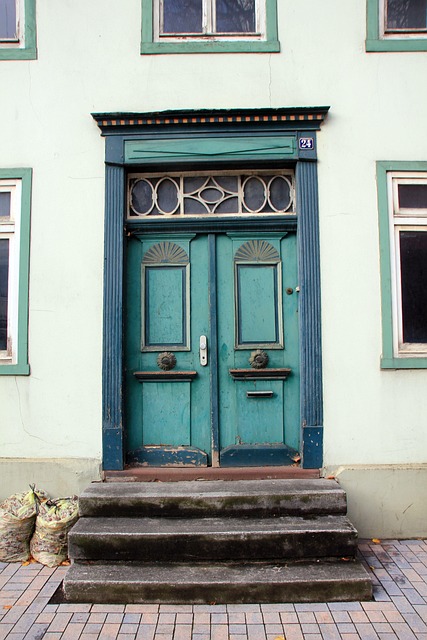
In commercial spaces with high foot traffic, robust steel staircase design is essential for safety,…….

Steel staircase design relies on high-quality materials like wrought iron, stainless steel, and carb…….